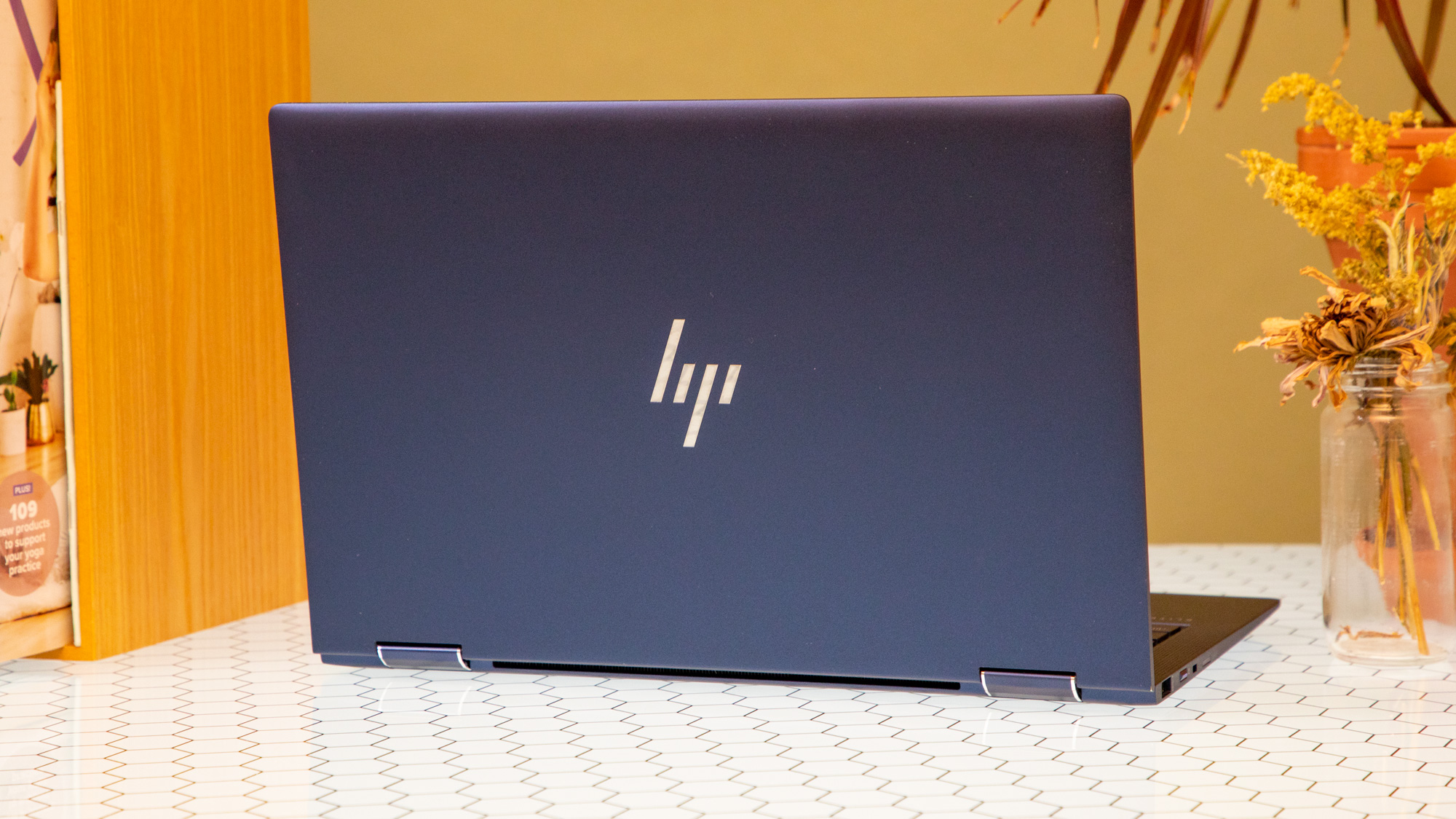5 reasons to buy the foldable Motorola Razr (and 4 reasons to skip)
Should you splurge on this $1,500 phone?
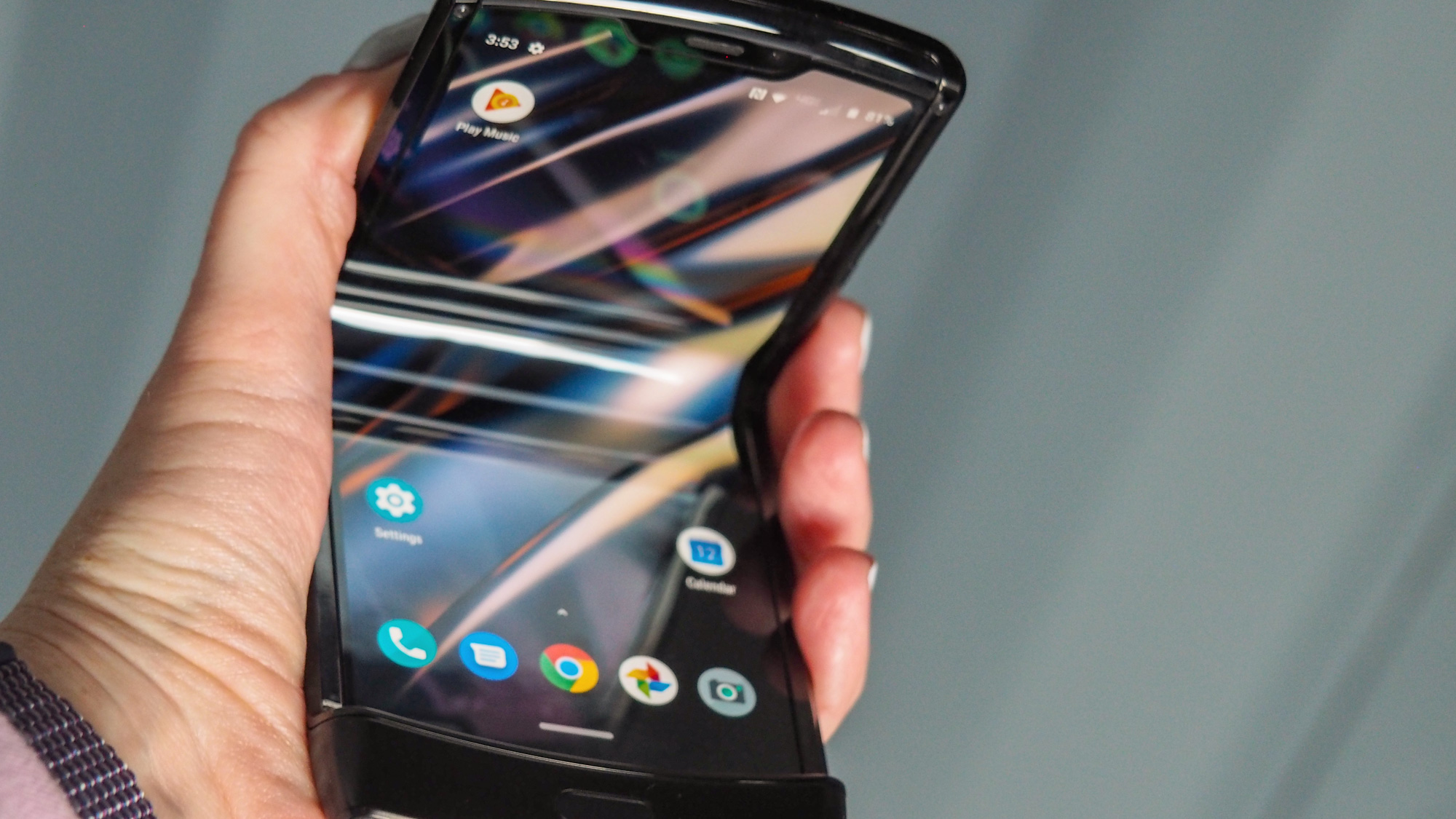
If you just got the nostalgia feels by looking at the above image then you’re in the right place. The Motorola Razr is back, and it’s much more than just a way to cash in on a 2004 icon.
This is a foldable phone that starts as a mini clamshell and then unfurls to a 6.2-inch phablet. It’s nothing like the Galaxy Fold, which tries to double as a tablet and unfolds like a book. But will the new Razr be worth $1,500 now that pre-sales start on Jan. 26 with the phone arriving in stores on Feb. 6? Here’s the pros and cons.
REASONS TO BUY THE MOTOROLA RAZR
A sleek foldable phone that can go anywhere
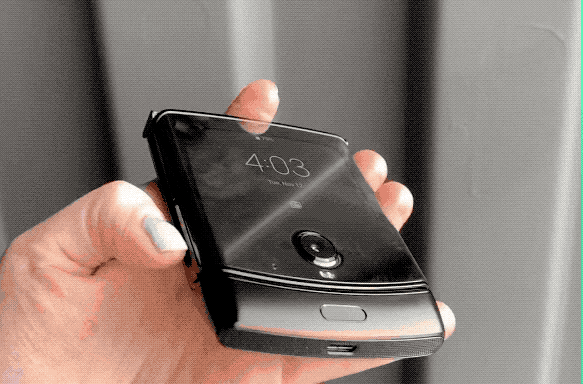
As much as I like the iPhone 11 Pro Max, it’s so tall and large that it stands out like a sore thumb in my front pants pocket. Worse, it can dig into my leg when I’m walking up stairs.
When closed, the 2020 Motorola Razr measures just 3.7 x 2.8 x 0.55 inches, which means you can easily slip this phone into a pair of skinny jeans. When open, the new Razr grows to 6.7 x 2.8 x 0.27 inches, which is still fairly thin.
It’s made tougher than the Galaxy Fold
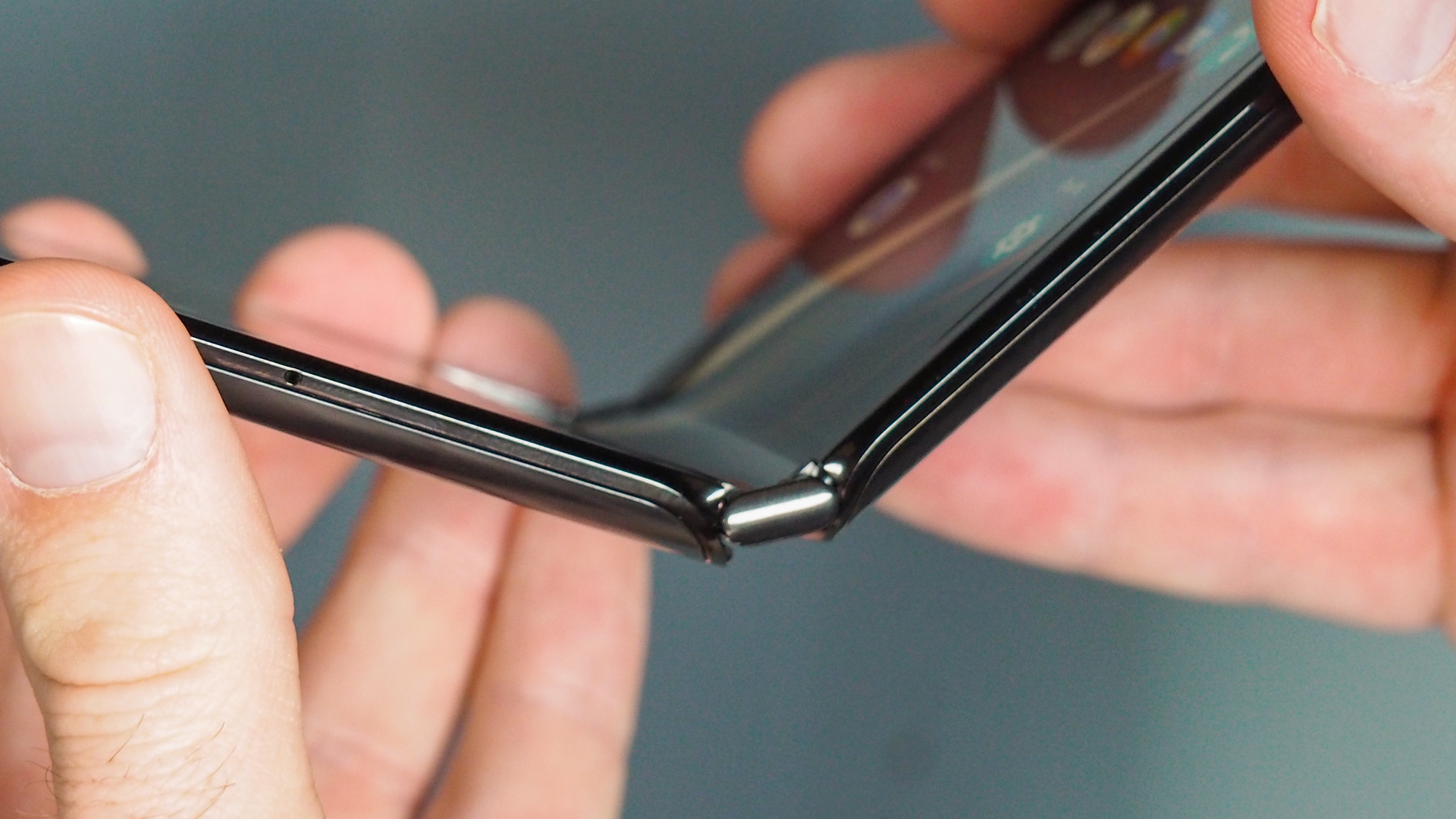
Although Samsung fortified its foldable phone in several ways prior to launch, there’s still a gap between the two halves of the Galaxy Fold when closed. Not so with the Motorola Razr.
Thanks to two stainless steel hinges that are connected to sliding support plates, the the top and bottom of this clamshell sit flush when closed. Plus, Motorola doesn’t caution you to tap the plastic screen lightly like Samsung does.
The Quick View display is handy
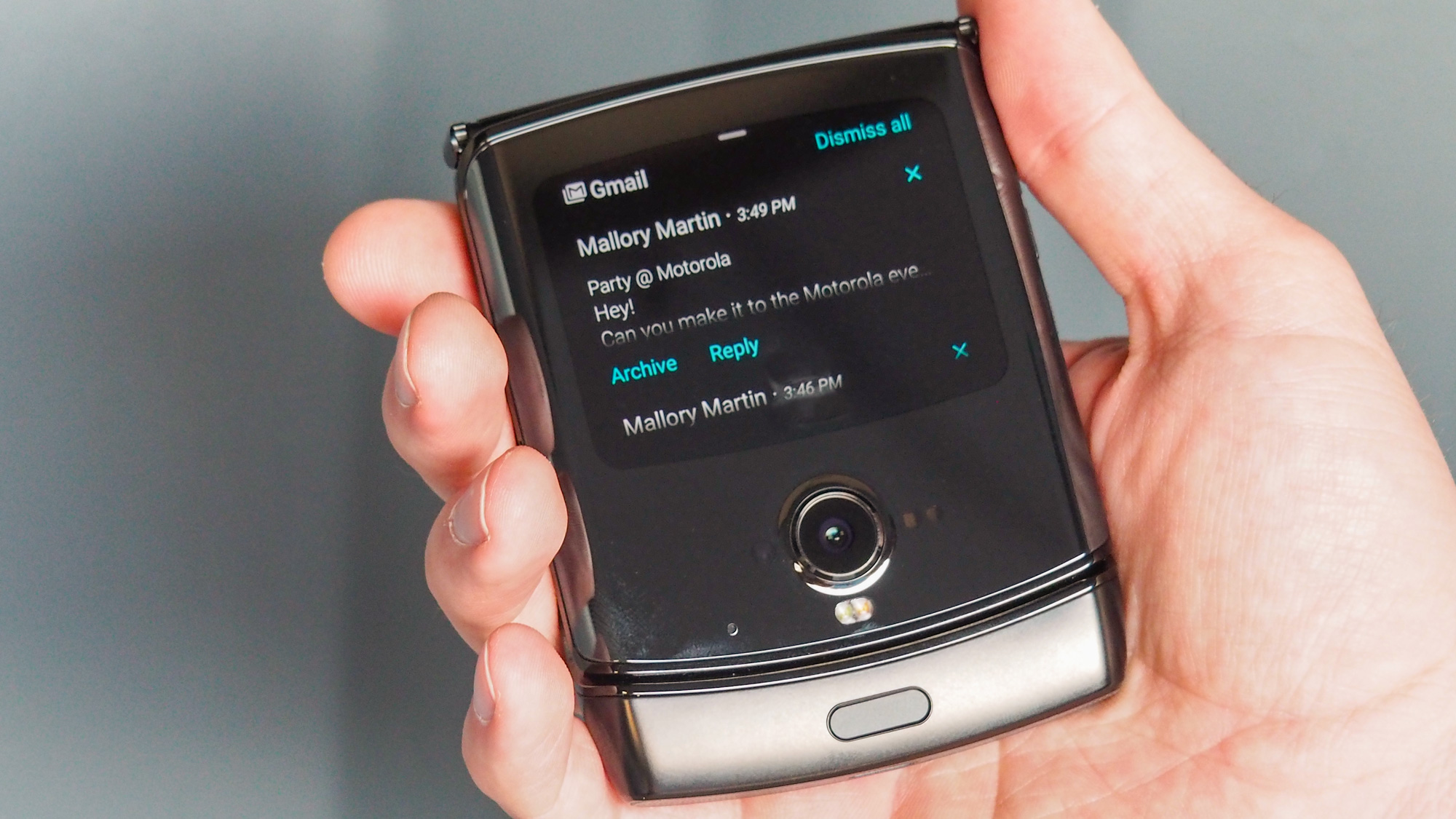
The Motorola Razr’s front 2.7-inch glass screen does more than just show you who’s calling and notifications. You can respond to texts with canned responses or dictate messages via voice. Even better, you can get Google Assistant responses without opening the full display. The ability to control music playback is another plus using Quick View controls.
Sign up to get the BEST of Tom's Guide direct to your inbox.
Get instant access to breaking news, the hottest reviews, great deals and helpful tips.
Instant hand-off between two screens
Similar to the Galaxy Fold, flipping open from the Quick View display to the larger Flex View screen lets you pick up where you left off in the app. For example, if you get an email and then you want to use the larger 6.2-inch display to compose larger messages, you can continue the task on the larger panel.
Motorola says this feature will work with a limited number of apps at first, but that it will be working with developers to support more.
No crease for you
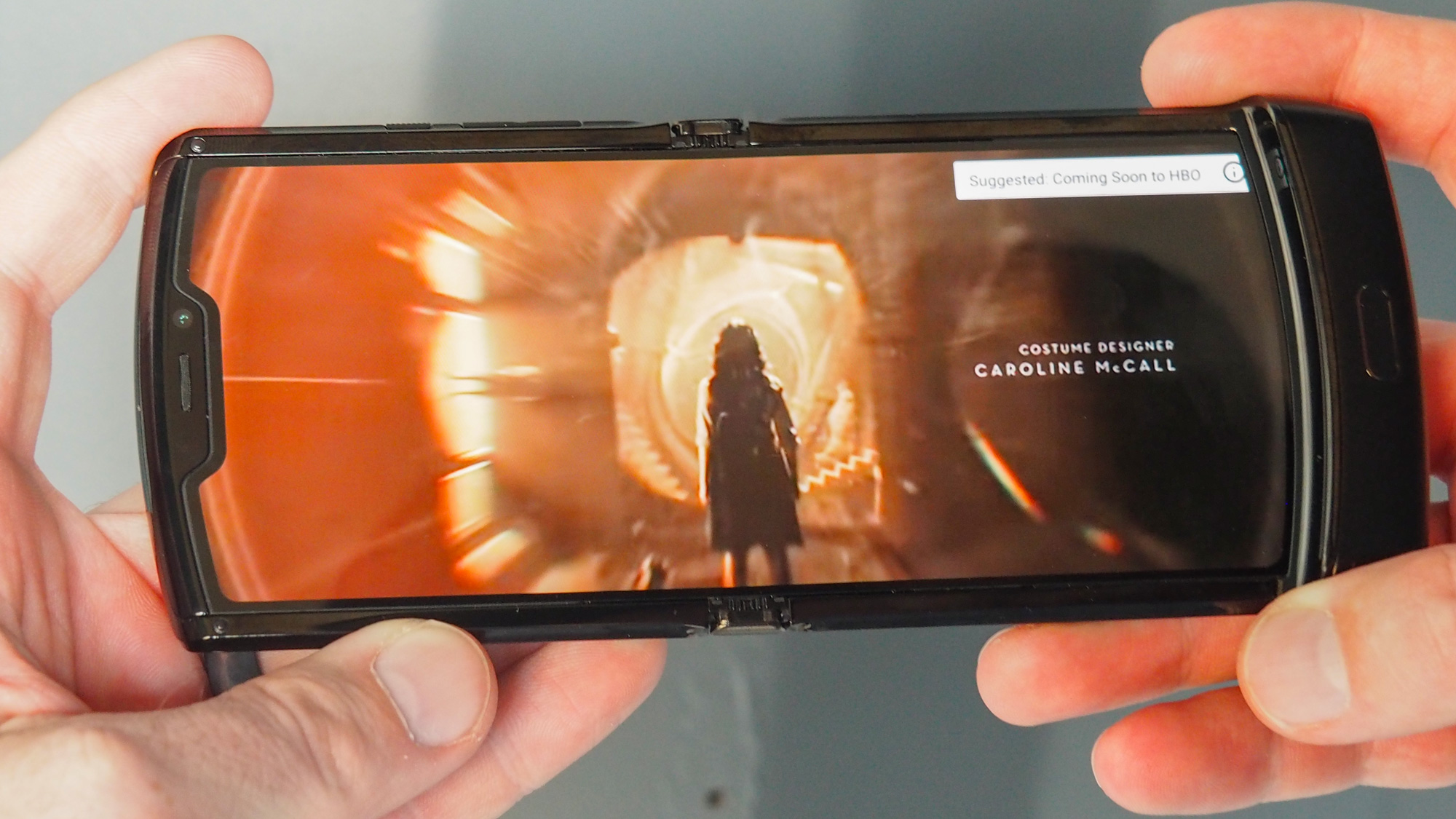
You don’t want a reminder that you’re using a foldable phone when the screen is fully extended, and the Motorola Razr accommodates with no visible crease. This is because the phone doesn’t fold completely flat when closed because of the hinge design. That means less distractions for you when viewing content.
REASONS TO SKIP THE MOTOROLA RAZR
It's $1,500 for mid-range specs
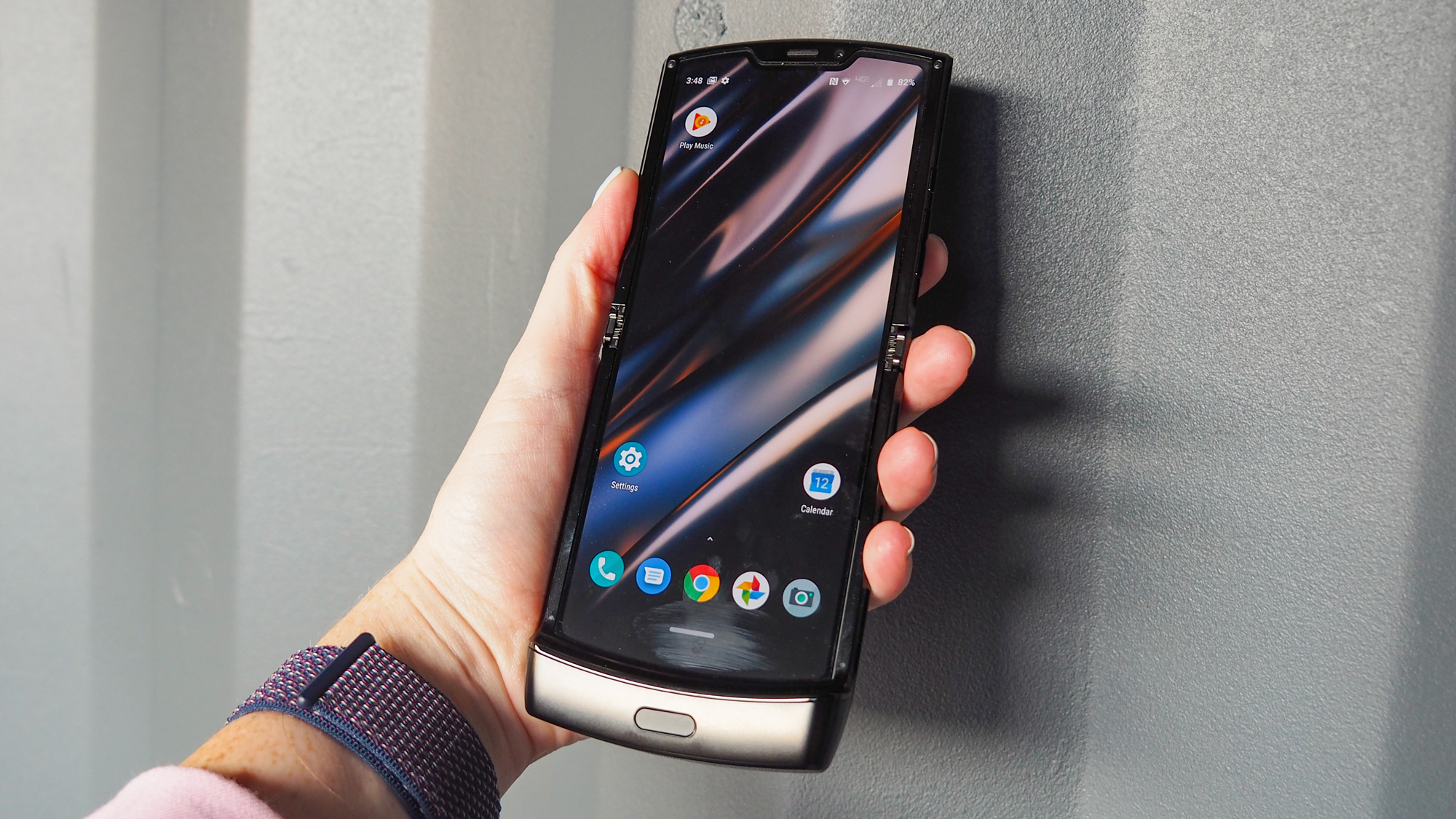
Most Android flagship phones sport Qualcomm's powerful Snapdragon 855 processor, but Motorola equipped the new Razr with a mid-range Snapdragon 710 chip. So this definitely won't be as fast as the Google Pixel 4 or Galaxy Note 10 when it launches.
You get a decent 6GB of RAM, but the Note 10 starts with 8GB of RAM. The Pixel 4 also has 6GB though.
At least the storage is fairly robust, as the Motorola Razr has 128GB on board. The Pixel 4 starts at 64GB. However, the Note 10 starts with an even higher 256GB and the pricier Galaxy Fold has 512GB.
Pretty small battery
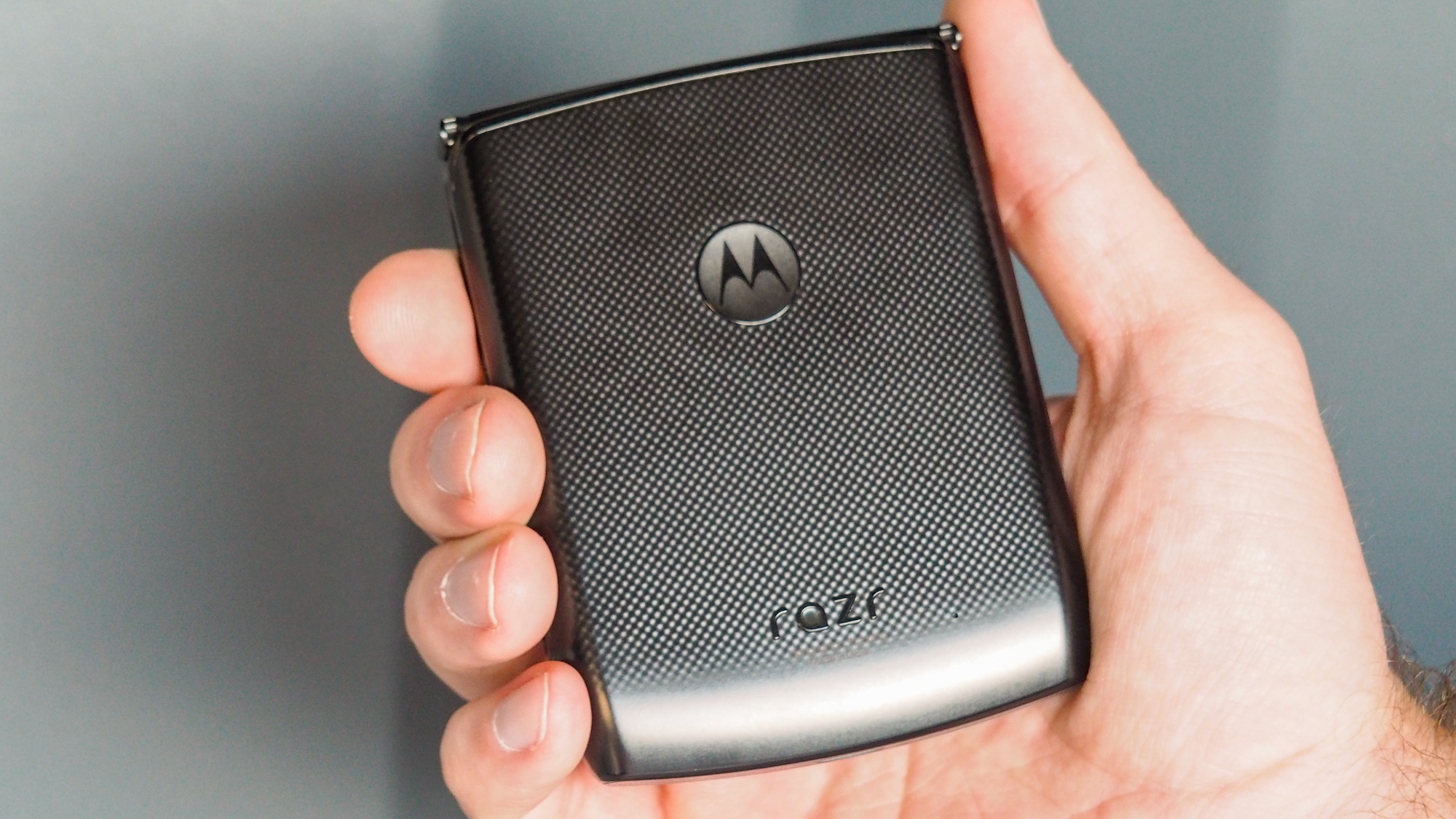
My biggest worry about the Motorola Razr is battery life. Yes, the Snapdragon 710 chip is designed to be power efficient, but this foldable phone as a battery capacity of just 2,510 mAh. That's the smallest battery on any flagship phone in memory.
By comparison, the Note 10 has a 3,500 mAh battery and the Pixel 4 a 2,800 mAh battery. It's possible, you'll use the Razr's front screen a decent part of the time, which could help overall endurance, but there's still no way this device will make our best phone battery life list
Just a single rear camera
If you're looking for optical zoom or an ultra-wide lens on the Motorola Razr, you won't find it. You get only a single rear shooter at 16 megapixels. The camera does have some solid features, such as Night mode for capturing shots in low light. But you simply won't have the shooting versatility that you would with the Pixel 4, Galaxy Note 10, Galaxy Fold or iPhone 11 Pro.
More foldable phones are on the way
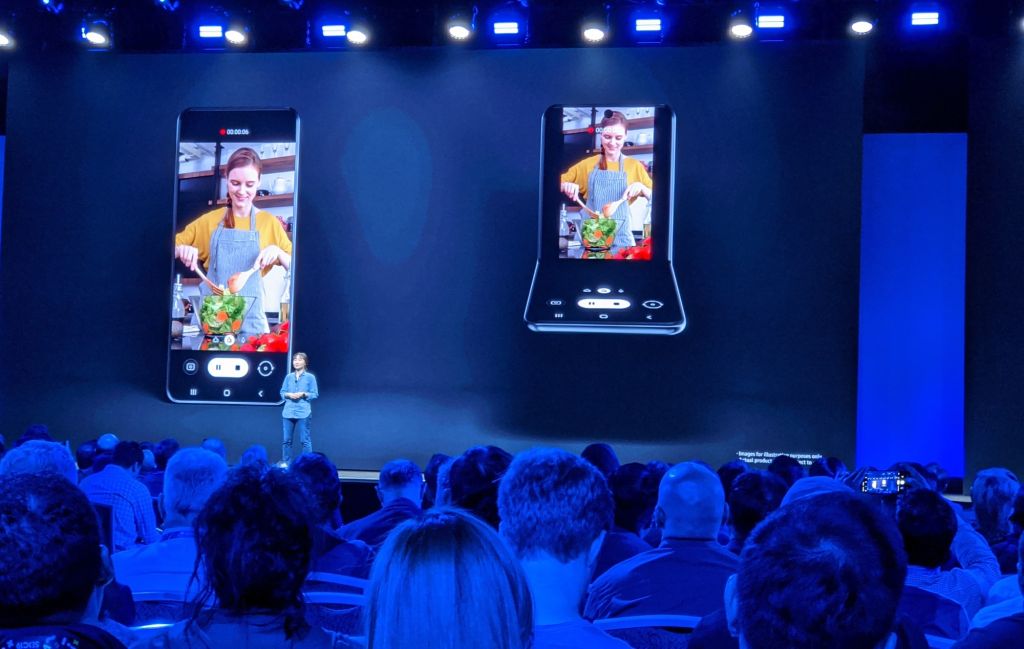
The challenging with buying any new piece of tech is that there's always something newer — with more impressive specs and features — lurking around the corner. In the case of the Motorola Razr, though, that something is rounding the corner pretty quickly.
The Razr hits stores on Feb. 6. But a few days later, on Feb. 11, Samsung is holding one of its Unpacked product launches. One of the new phones expected to be unveiled at that event is the follow-up to last year's Galaxy Fold — and this device, called the Galaxy Z Flip is featuring the same flip phone-esque design that is capturing people's attention with the Motorola Razr.
We don't know for certain if the Galaxy Z Flip can rival what we've seen from the Razer. But given the amount of money that foldable phones cost these days, it may be worth holding off on that $1,500 purchase for a few days until we see how Samsung answers the Razr with its next foldable.
Bottom line
The new Motorola Razr is a luxury fashion statement, for sure, and its ultra-premium price is proof positive of that. But it also represents a fresh take on the foldable phone that other companies are sure to emulate, especially if leaks about Samsung's upcoming Galaxy Z Flip prove accurate.
Motorola deserves credit for focusing on durability and ease of use, but time will tell if consumers will be willing to fork over $1,500 to be part of the next big trend in foldables.
Mark Spoonauer is the global editor in chief of Tom's Guide and has covered technology for over 20 years. In addition to overseeing the direction of Tom's Guide, Mark specializes in covering all things mobile, having reviewed dozens of smartphones and other gadgets. He has spoken at key industry events and appears regularly on TV to discuss the latest trends, including Cheddar, Fox Business and other outlets. Mark was previously editor in chief of Laptop Mag, and his work has appeared in Wired, Popular Science and Inc. Follow him on Twitter at @mspoonauer.

